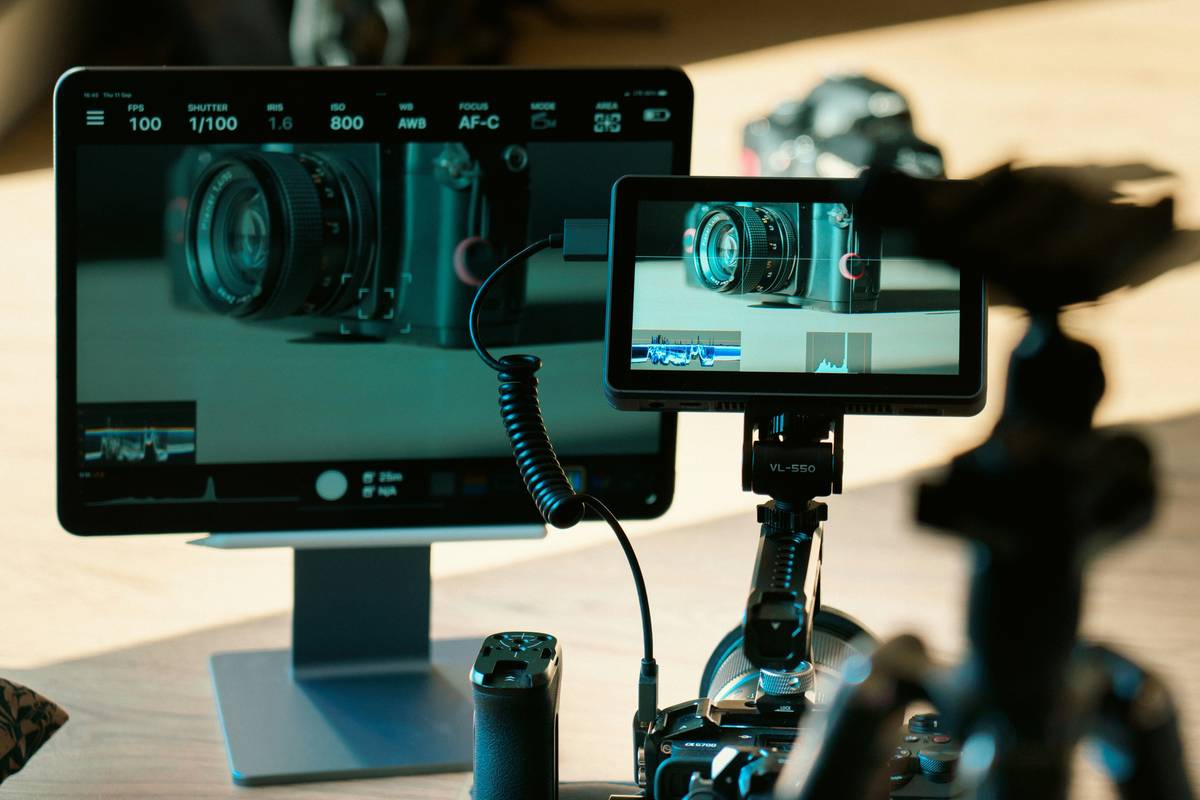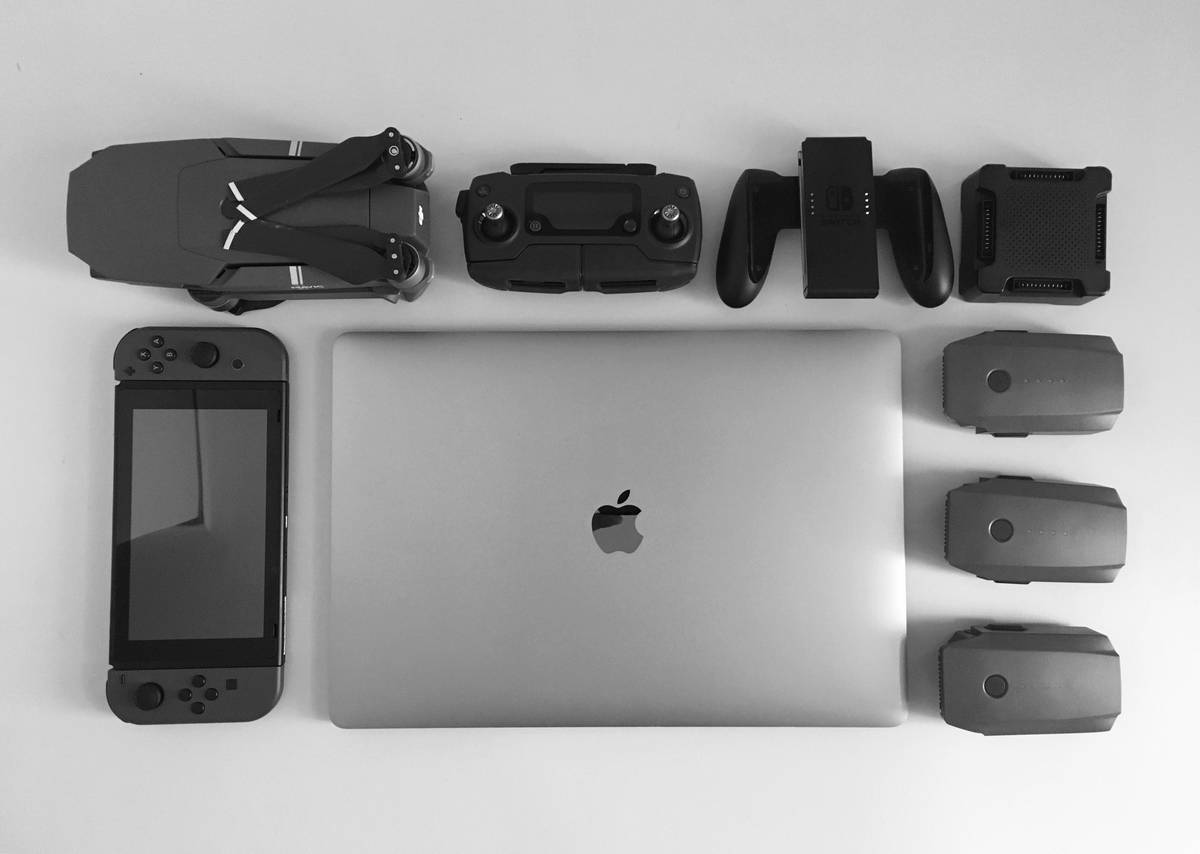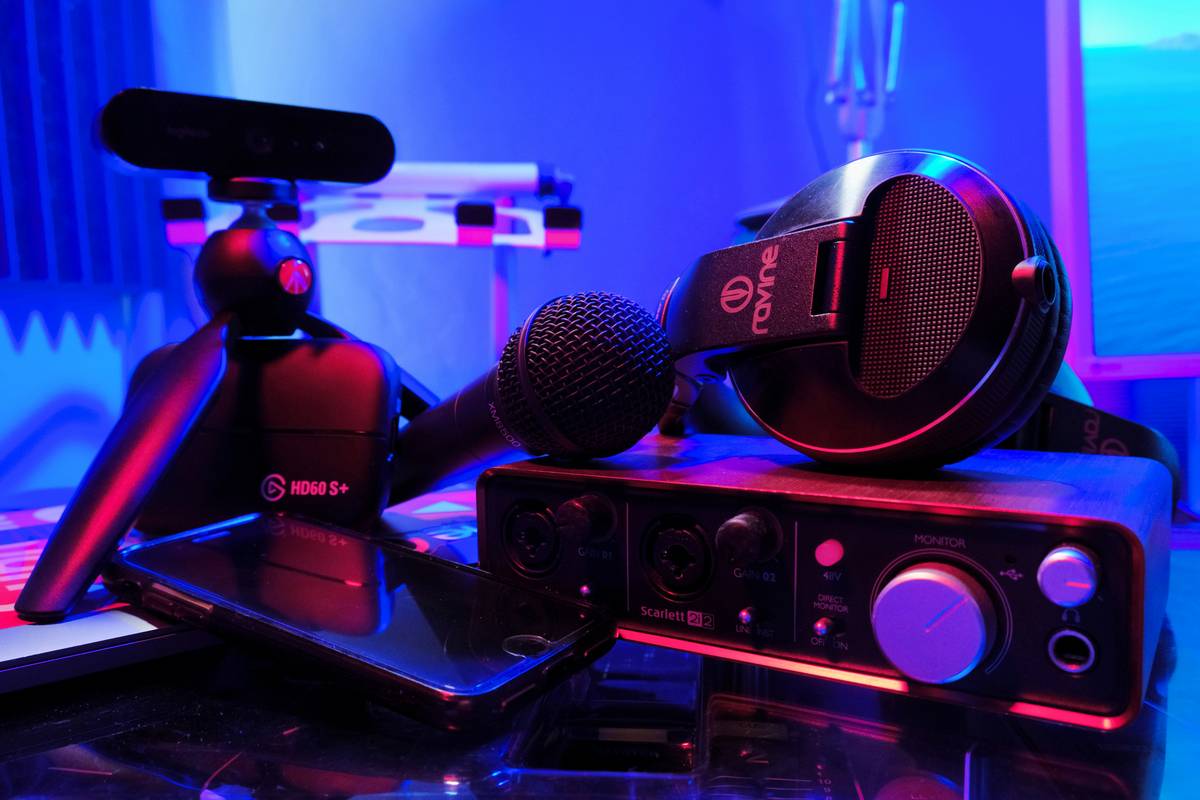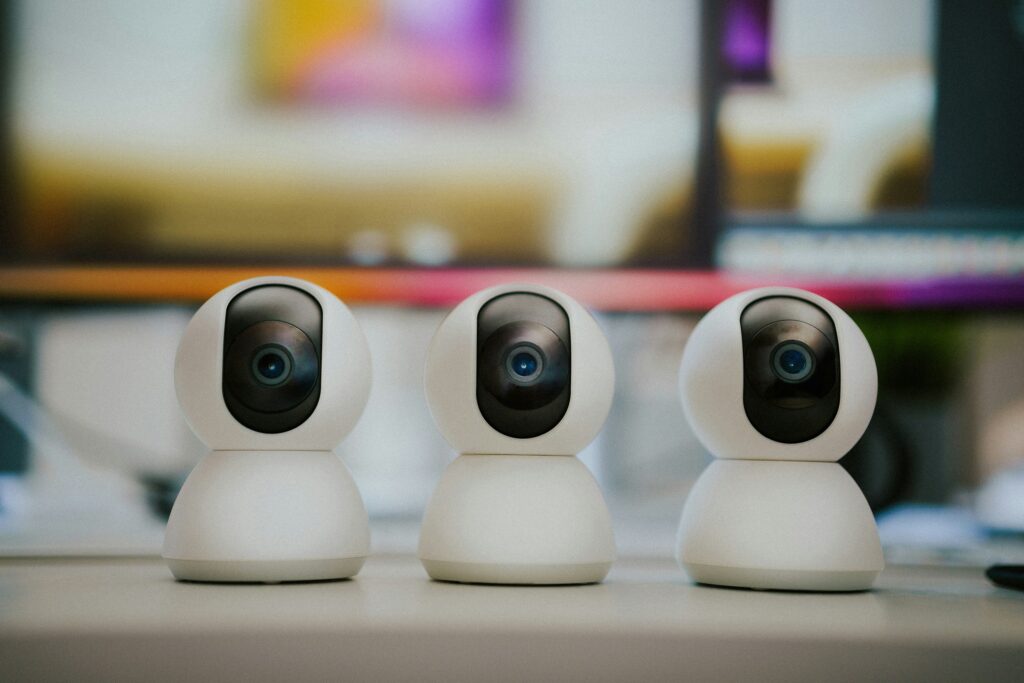“Ever watched your favorite streamer deliver flawless gameplay while you’re stuck troubleshooting lag? Yeah, us too.” Streaming has become an art form, but mastering the tech behind it can feel like trying to decode ancient runes. The good news is that with the right streaming gear benchmark, you don’t have to be a tech wizard to create smooth, high-quality streams. In this post, we’ll dig into actionable strategies for optimizing your setup, avoiding common pitfalls, and ensuring your streaming equipment meets industry standards.
Table of Contents
- Why Does Streaming Gear Matter?
- Step-by-Step Guide to Benchmarking Your Streaming Gear
- 5 Proven Tips for Choosing Streaming Gear
- Real-Life Examples of Successful Streaming Setups
- FAQs About Streaming Gear Benchmark
Why Does Streaming Gear Matter?
Imagine launching a live stream only to realize mid-broadcast that your audio crackles, your video stutters, or both. That’s every creator’s nightmare—and one I personally lived through when I first started streaming. Back then, my setup consisted of an outdated webcam and mediocre headphones, which left viewers complaining about poor quality. Let me tell you, those early days weren’t exactly “chef’s kiss” material.

To avoid such issues, understanding streaming gear benchmark metrics is crucial. By comparing specs like bitrate handling, latency tolerance, and compatibility across devices, you can ensure your tools meet professional expectations. This section will unpack why these benchmarks matter and how investing time in research pays off big-time later.
The Importance of Benchmarks
- Benchmarks help identify reliable hardware/software combinations.
- They allow creators to future-proof their setups against evolving platform requirements.
- Using standardized tests (like frame rate under load), you can predict performance accurately.
Step-by-Step Guide to Benchmarking Your Streaming Gear
So, ready to roll up your sleeves? Here’s how to evaluate whether your current—or planned—setup stacks up:
Step 1: Assess Hardware Compatibility
Check if all components work seamlessly together. For example, pairing an RTX 3080 GPU with a budget capture card might bottleneck performance. Use free benchmarking software like OBS Studio Stress Test to measure stability under heavy loads.
Step 2: Run Latency Tests
Optimist You: “My Wi-Fi connection feels fast enough!”
Grumpy You: “Ugh, nope. Always go wired Ethernet for streaming.”
Latency testing helps determine delays between input actions and screen output. High latency ruins viewer experience faster than burnt toast ruins breakfast.
Step 3: Evaluate Audio Quality

Your mic should handle dynamic range without distortion. Tools like Audacity let you record test clips to gauge clarity and background noise levels.
5 Proven Tips for Choosing Streaming Gear
- Prioritize CPUs Over GPUs: While GPUs boost visuals, CPU power often dictates overall encoding efficiency.
- Don’t Skimp on Mics: A decent USB condenser mic trumps cheap gaming headsets any day.
- Monitor Lighting Conditions: Invest in softbox lighting for consistent brightness.
- Test Everything Before Buying: Look up reviews for real-world streaming gear benchmarks online.
- Keep It Simple: Too many gadgets increase complexity—not reliability.
Brutal Honesty Alert: Terrible Tip
Want to annoy viewers instantly? Crank up compression settings on subpar gear just to hit higher resolutions. Bad idea. You’ll end up sacrificing clarity so much that even dial-up internet nostalgia wouldn’t justify watching.
Real-Life Examples of Successful Streaming Setups
Taking inspiration from pros always helps. Take Ninja, for instance. His secret sauce lies in balancing top-tier cameras with minimal additional clutter. Similarly, smaller creators like LilyPichu focus on tight audio-video sync, creating intimacy despite simpler gear.

FAQs About Streaming Gear Benchmark
What Makes Streaming Gear ‘Benchmark-Worthy’?
Gear earns its benchmark status by consistently performing well under stress conditions, meeting modern resolution demands, and remaining compatible with popular platforms.
Do I Need Expensive Equipment?
No, but knowing where to allocate budget matters. Prioritize essentials like mics and encoders over flashy peripherals.
Can Old Gear Be Upgraded?
Absolutely! Upgrading RAM, switching to SSD storage, or adding external filters can breathe new life into older systems.
Conclusion
Finding the perfect balance in streaming gear benchmarks isn’t rocket science—it’s more like cooking pasta al dente. With careful preparation, testing, and fine-tuning, anyone can achieve pro-level results. Remember to prioritize functionality over flashiness, run regular checks, and never underestimate the importance of solid audio.
And hey, who says learning technical stuff can’t come with fun? Here’s a haiku to wrap things up:
Code flows late at night, Laptop whispers tales untold— Streaming dreams ignite.


